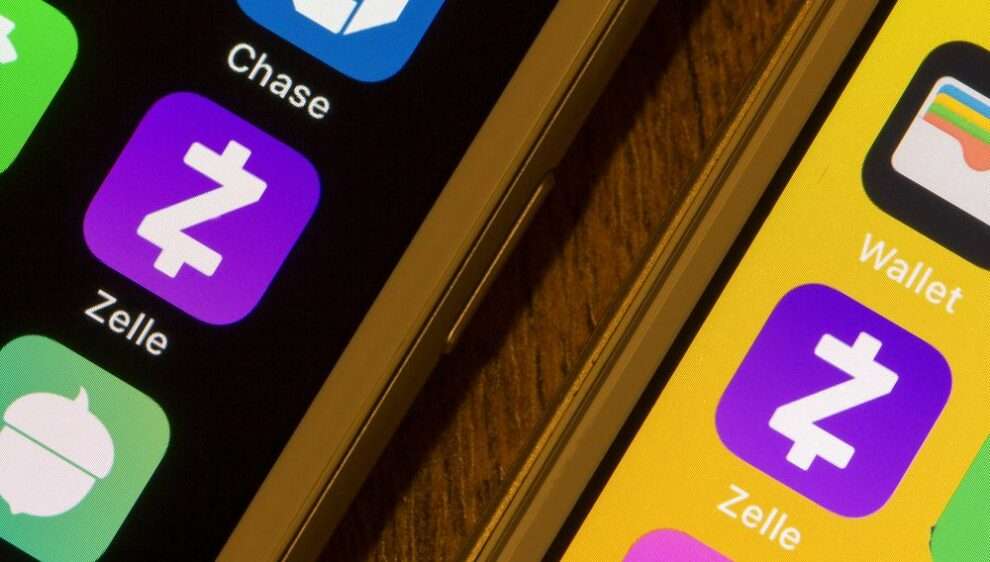As digital payment platforms continue to reshape how consumers exchange money, Chase is taking decisive action to curb misuse of Zelle, one of the most popular peer-to-peer payment networks. Beginning March 23, the bank will implement stricter guidelines for its customers using Zelle, particularly targeting transactions originating from social media interactions. The move comes amid growing scrutiny over fraud and scams linked to the platform, as well as mounting pressure from regulators.
The updated service agreement outlines several key changes that could significantly alter how Chase customers interact with Zelle. Among these provisions, Chase reserves the right to delay, decline, or block payments initiated through social media channels. Additionally, the bank may request information from users to assess whether a transaction carries an elevated risk of fraud or constitutes an improper payment. Failure to provide truthful responses to such inquiries could result in restricted access to Zelle altogether.
Perhaps the most notable aspect of the revised policy is Chase’s explicit warning against using Zelle for purchasing goods or services. The service agreement now clearly states that Zelle is designed exclusively for payments between trusted individuals—friends, family, and acquaintances—and should not be employed for retail purchases or transactions with unfamiliar parties. This includes interactions facilitated through social media platforms, messaging apps, or online marketplaces.
To reinforce this point, Chase emphasizes that neither it nor Zelle offers purchase protection for claims related to undelivered items, damaged goods, or products misrepresented by sellers. “The Service is not intended, and should not be used, for the purchase of goods from retailers, merchants, or the like,” the agreement reads. By making this distinction, Chase aims to shield its customers from potential losses while underscoring the inherent risks of using peer-to-peer payment systems for commercial purposes.
A Response to Regulatory Pressure
These changes arrive on the heels of legal challenges faced by Zelle and its parent company, Early Warning Services, along with three major banks—Bank of America, Chase, and Wells Fargo. In December, the Consumer Financial Protection Bureau (CFPB) filed a lawsuit accusing these entities of failing to safeguard consumers from widespread fraud on the Zelle network. According to the CFPB’s complaint, the defendants allegedly neglected to implement adequate safeguards, mishandled consumer complaints, and denied reimbursement for fraudulent transactions.
The agency’s allegations highlight systemic issues within the Zelle ecosystem, where scammers exploit vulnerabilities to defraud unsuspecting users. For instance, victims often report sending payments to strangers who promise goods or services but fail to deliver. Because Zelle transfers funds directly from one bank account to another without intermediary protections, recovering lost money can prove exceedingly difficult.
In response to the lawsuit, Zelle issued a statement asserting that it had cooperated extensively with the CFPB and maintained that only 0.05% of all payments sent via the platform involve reported scams or fraud. However, critics argue that even a small percentage translates into thousands of affected users given Zelle’s massive scale. Moreover, Zelle warned that the CFPB’s legal action might encourage bad actors to file frivolous claims against financial institutions.
By tightening restrictions around Zelle usage, Chase appears to be addressing both regulatory concerns and public dissatisfaction. While the new policies may frustrate some users seeking convenience, they reflect a broader effort to mitigate fraud and protect vulnerable populations from exploitation.
Implications for Consumers
For Chase customers accustomed to leveraging Zelle for various types of payments, the upcoming changes could necessitate adjustments in behavior. Transactions involving unknown sellers or those initiated through social media advertisements are especially likely to face increased scrutiny. Customers engaging in such activities may find their payments delayed or outright blocked unless they can demonstrate legitimacy.
Moreover, the absence of purchase protection underscores the importance of exercising caution when conducting financial transactions outside traditional retail environments. Unlike credit cards or certain third-party payment processors, which frequently offer recourse for disputed charges, Zelle operates on a “no takebacks” model. Once funds leave a user’s account, retrieving them becomes exceedingly challenging—even if the recipient turns out to be untrustworthy.
This reality places greater responsibility on consumers to vet recipients carefully before initiating payments. It also reinforces the necessity of understanding the limitations of peer-to-peer payment tools. As convenient as Zelle may be for splitting bills or reimbursing friends, it remains ill-suited for commerce-related transactions where buyer protections are essential.
Broader Industry Trends
Chase’s decision to impose additional controls on Zelle aligns with broader trends across the financial technology sector. With cybercrime and digital fraud on the rise, companies are increasingly prioritizing security measures over unfettered accessibility. Whether through enhanced authentication protocols, real-time monitoring systems, or outright restrictions on high-risk activities, firms are striving to strike a balance between innovation and safety.
At the same time, the evolution of collaboration tools and generative artificial intelligence (AI) highlights the dynamic nature of tech-driven industries. Just days after announcing the end of support for Amazon Chime—a once-promising communication platform—Amazon underscored the rapid pace at which technologies rise and fall based on shifting consumer demands. Similarly, Zelle’s trajectory demonstrates how quickly trust can erode when perceived vulnerabilities persist unchecked.
While Chase’s revised Zelle policies aim to bolster fraud prevention efforts, their effectiveness hinges on widespread adoption and enforcement. Educating users about safe practices and fostering transparency regarding transaction risks will remain critical components of any successful strategy. Furthermore, continued collaboration between banks, regulators, and payment networks will be vital to addressing emerging threats and ensuring equitable outcomes for all stakeholders.
Ultimately, Chase’s proactive stance signals a pivotal moment for Zelle and peer-to-peer payments more broadly. As the landscape evolves, so too must the frameworks governing these technologies. For now, Chase customers must prepare for a more cautious approach to Zelle—one that prioritizes security above all else.
















Add Comment